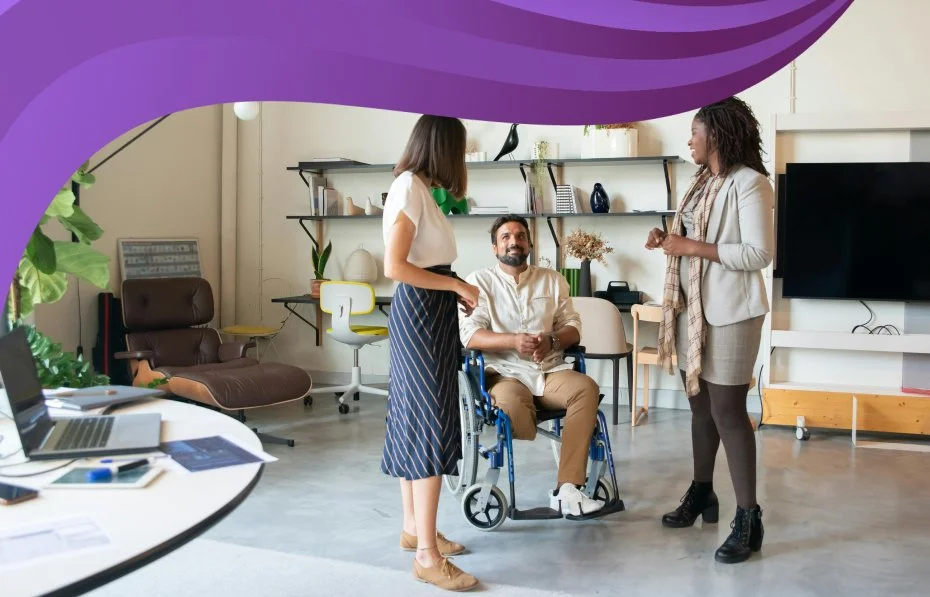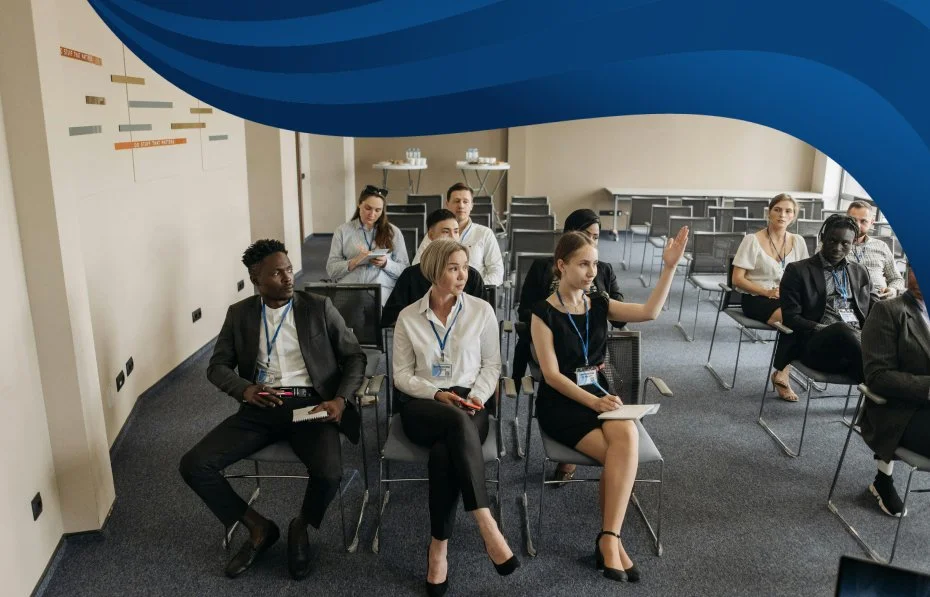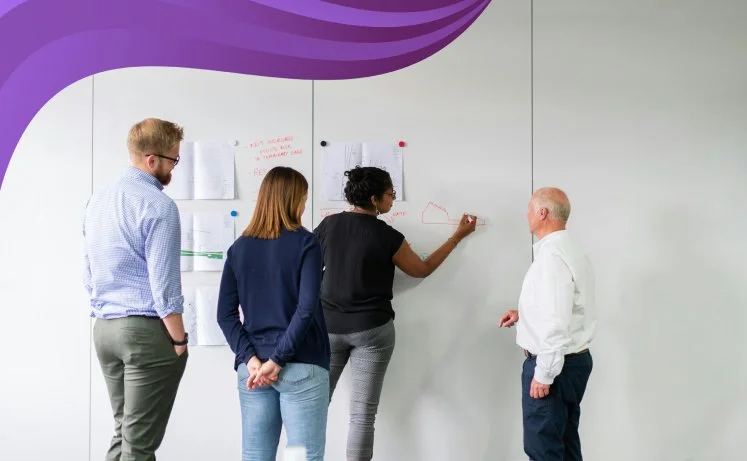
4. High-Performing Teams Series
Building High-Performing Teams
4.1 Team Foundations (Fostering a High Performing Team)
High-performing teams don’t emerge by chance—they thrive when the right conditions are in place. This module explores the evidence-based drivers. You’ll learn how to create an environment where people feel safe to contribute, aligned around purpose, and energized to innovate together.
-
Create the conditions where every team member can do their best work—and feel safe doing it.
-
Amy Edmondson’s psychological safety and performance standards
Tim Clark’s 4 stages of psychological safety and top psychological safety behaviours
Google’s Project Aristotle
-
Assess your team’s strengths and gaps against high-performance conditions
Foster trust through vulnerability, consistency, and follow-through
Build a psychologically safe culture where ideas, questions, and concerns are welcomed
Actively invite diverse perspectives to fuel creativity and innovation
-
What are the key conditions for fostering a high-performing team?
How is team effectiveness connected to psychological safety, trust, and vulnerability?
How can I promote a psychologically safe workplace that is inclusive and invites learning and innovation?
4.2 Inclusive Leadership (Creating Inclusion Safety)
Inclusion is the foundation of psychological safety, critical for high-performing teams. This workshop explores what it truly means to lead inclusively—creating spaces where every person feels valued, respected, and able to contribute without fear of judgment or exclusion – laying the groundwork for diversity of thought, and innovation.
-
Make sure every voice is heard, valued, and respected.
-
Tim Clark’s 4 stages of psychological safety with a focus on inclusion safety
Everyday inclusive leadership behaviours
Recognizing and addressing microaggressions and exclusionary behaviours
-
Recognize and interrupt behaviours that undermine inclusion and belonging
Model inclusive behaviours that make space for diverse perspectives
Establish team norms that encourage open participation and trust
Use microaffirmations and everyday actions to reinforce belonging
-
What does it mean to be an inclusive leader?
How can I apply inclusive leadership practices that welcome diverse perspectives, encourage vulnerability, and promote a culture of belonging?
4.3 Creating a Learning Organization
This module builds on the foundations of psychological safety to focus on creating an environment where people feel safe to ask questions, experiment, and make mistakes without fear of embarrassment or punishment. Learners will discover how to role-model a growth mindset by reframing mistakes as valuable learning opportunities and encouraging ongoing curiosity, helping their teams embrace challenges as stepping stones for innovation and continuous improvement.
-
Frame every challenge as a chance to learn, improve, and innovate.
-
Tim Clark’s second stage of psychological safety: Learner Safety
Carol Dweck’s Growth Mindset research
Peter Senge’s work on Learning Organizations
-
Normalize open dialogue about mistakes and what they teach us
Model curiosity by asking thoughtful, open-ended questions
Recognize and reward learning behaviours—not just results
Use growth mindset language in team communications and feedback
-
How can I foster a culture of learning and innovation?
What strategies can I use to reinforce a growth mindset, such as reframing mistakes as learning opportunities and encouraging curiosity?
How can I assess my own leadership behaviours and take action to strengthen learner safety in my team?
4.4 Empowered Leadership
Empowerment is more than a buzzword—it’s the fuel for innovation, inclusion, and performance. This module explores why empowerment matters, how to balance when to make decisions and when to give the authority to others, and how to create an environment where people feel safe to speak up and challenge the status quo.
-
Create the conditions for others to step in with voice and accountability.
-
Tim Clark’s research on Contributor Safety and Challenger Safety
Decentralized (Leader-Leader) vs. Centralized (Leader-Follower) decision making (David L. Marquet)
Everyday empowerment strategies and hacks: e.g. “I intend to…” (David L. Marquet) and “Cover for Candor” (Tim Clark), Ask-Tell Continuum
-
Model leadership behaviours that create the conditions where people are empowered to contribute ideas and challenge the status quo without fear of retribution
Apply empowerment hacks that balance autonomy with clear accountability
-
Why does empowerment matter, and how is it connected to challenger and contributor safety, innovation, and performance?
How can I recognize when decisions should be held closely vs. shared more broadly to build ownership and trust?
What can I do to create an environment where people feel empowered to speak up, share ideas, and challenge the status quo without fear of retribution?
What practical empowerment strategies and everyday hacks can I use to give others more voice and responsibility?
4.5 Situational Adaptability
Leadership isn't one-size-fits-all—what works brilliantly with one person might flop with another. This module gives you the tools to flex your style in real time, helping you support, coach, direct, or delegate based on what the moment (and the person) really needs.
-
Read the room and choose the leadership approach that empowers others thrive.
-
Situational Leadership® (Hersey & Blanchard model)
Coaching vs. supporting vs. directing vs. delegating
The role of psychological safety and clarity in adaptability
Real-life work scenarios, practice conversations, and reflection
-
Diagnose when to direct, coach, support, or delegate based on team member readiness and task complexity
Shift your leadership approach in ways that build trust and empowerment
Support performance and development without micromanaging or under-leading
Reduce frustration and misalignment by setting clearer expectations and matching the moment
-
How do I know which leadership approach fits the situation or person I’m working with?
What cues or conditions at work tell me it’s time to flex my leadership style?
What do the different leadership approaches look like in action?
Great leaders don’t just give answers—they ask better questions. This workshop gives you a clear, practical roadmap for having coach-like conversations that build trust, unlock thinking, and make space for others to grow.
4.6 Using a Coach Approach
-
Track A – Introductory (60-90 minutes version, follows well after 2.2 Deep
Listening and 4.5 Situational Leadership when part of a cohort/program)
Track B – Foundational / Team (Half-day version including 2.2 Deep Listening)
-
Coaching vs. mentoring vs. directing (clarifying roles and approaches)
Coaching skills: listening, presence, questioning, paraphrasing (The Coaching Habit – Michael Bungay Stanier)
The GROW Model (John Whitmore – Coaching for Performance)
Real-time coaching practice with peer feedback and reflection
-
Use coaching to develop team members’ confidence, accountability, and problem-solving
Ask better questions that surface insight instead of offering quick fixes
Structure development-focused conversations using the GROW model
Create a culture where people feel heard, supported, and empowered
-
Item descriptionWhat will I learn in this program and why should I learn it?
Who is on this journey with me and how do we create a safe space for learning?
What do I know today about leadership and what do I want to learn more about?
What is expected of me and how can I come prepared to learn?
4.7 Using a Delegation Approach
Delegation isn’t just about handing work off—it’s about building capacity, trust, and results. In this workshop, you’ll learn when delegation is the right move, what gets in the way of doing it well, and how to hand off responsibility in a way that lightens your workload while keeping the right level of oversight and authority.
-
Delegate the right things with the right balance of support and authority.
-
The benefits and limits of delegation
Common delegation pitfalls and how to avoid them
The delegation tree (matching delegation level to skill and confidence)
Following up without micromanaging
-
Identify opportunities to delegate that will save time and develop others
Recognize and overcome common barriers to effective delegation
Match delegation style to the individual’s readiness and skills
Maintain appropriate oversight without micromanaging
-
Item descriptionWhat will I learn in this program and why should I learn it?
Who is on this journey with me and how do we create a safe space for learning?
What do I know today about leadership and what do I want to learn more about?
What is expected of me and how can I come prepared to learn?
4.8 Cultivating Safe Spaces (Indigenous Learning Experience)
-









